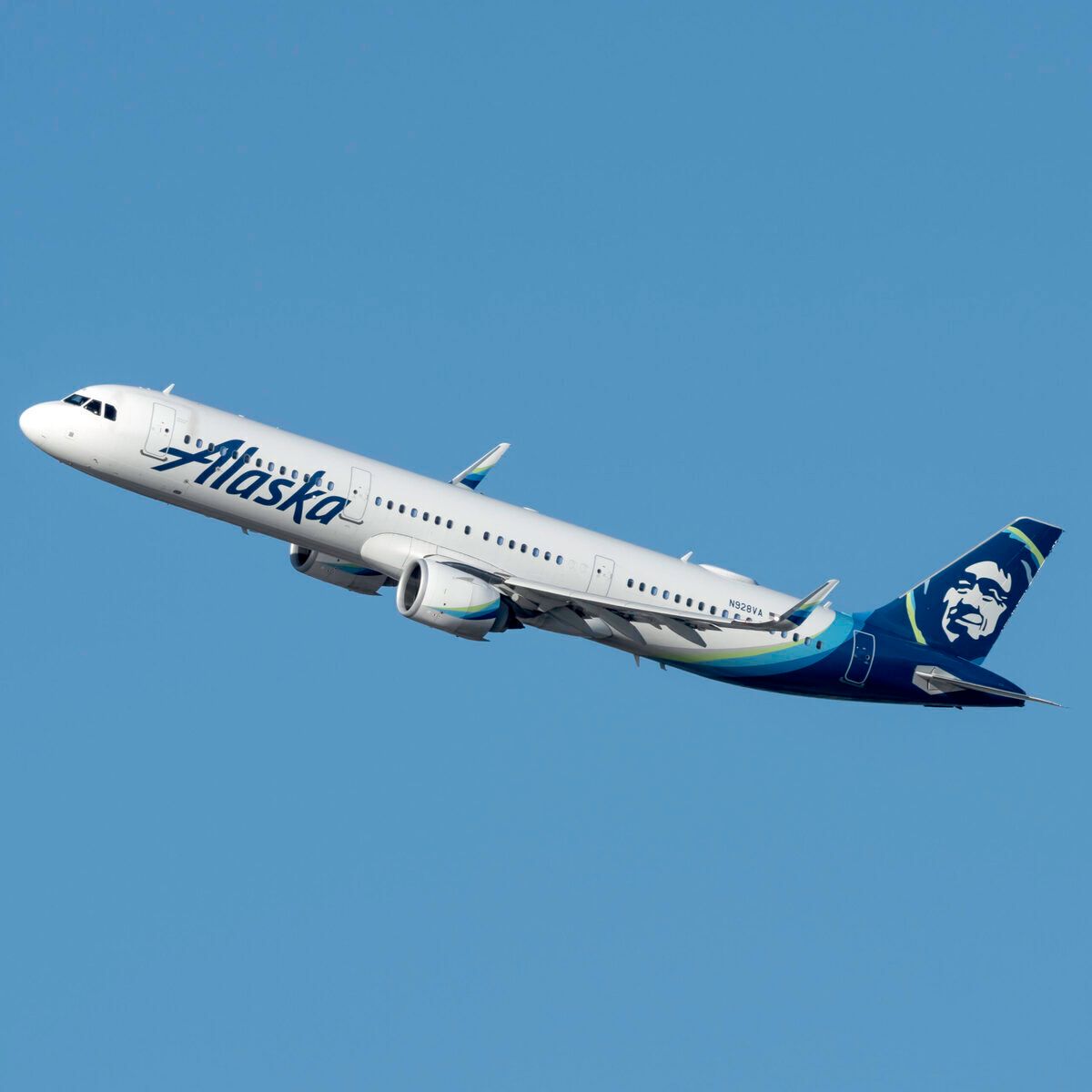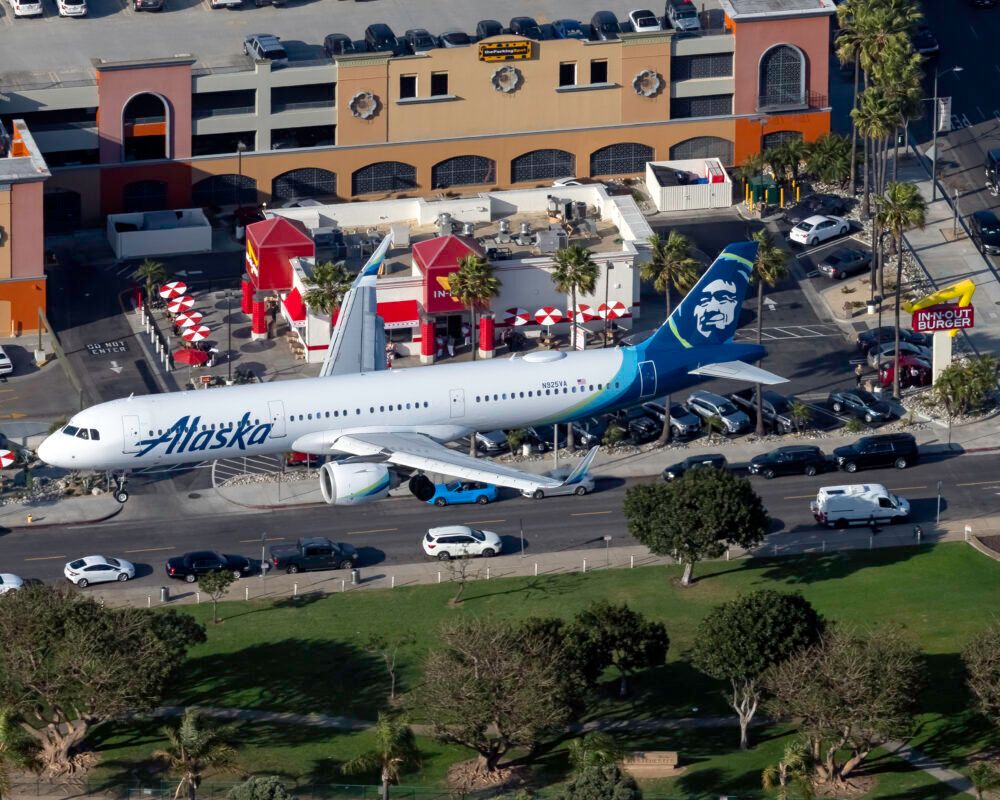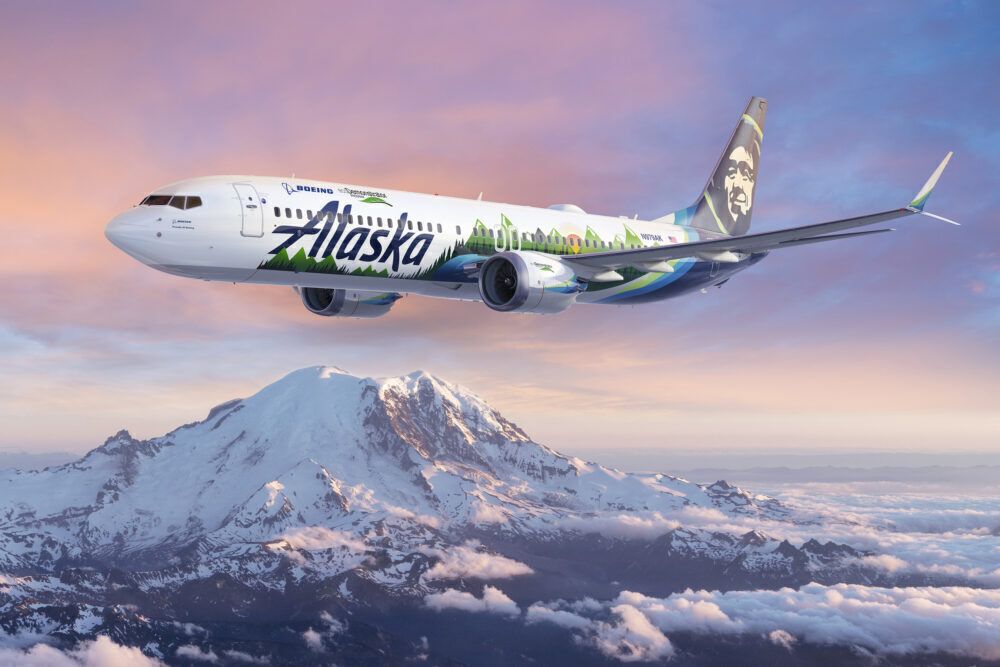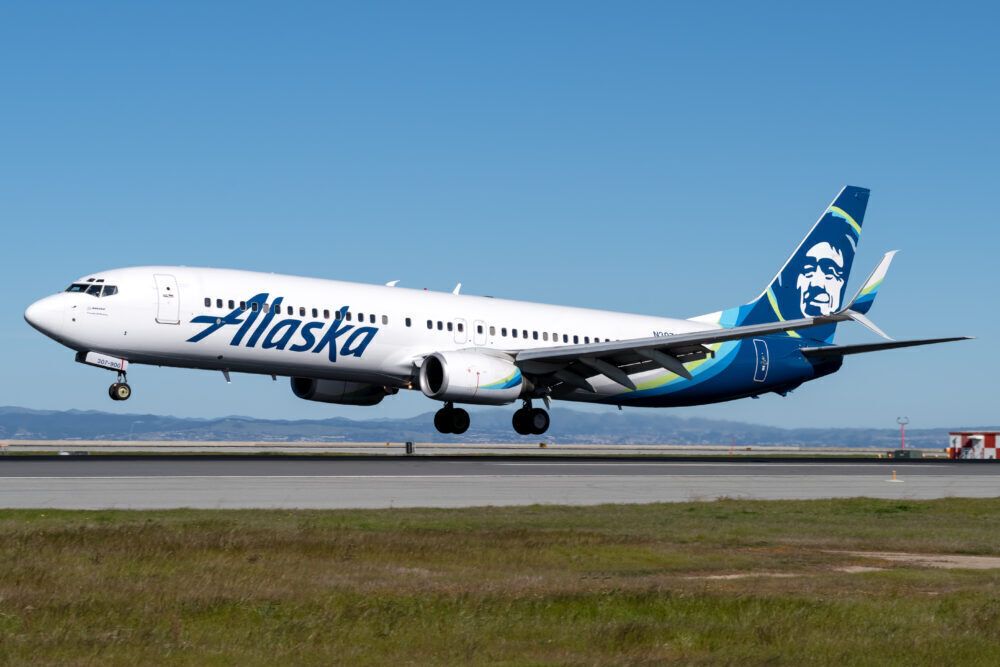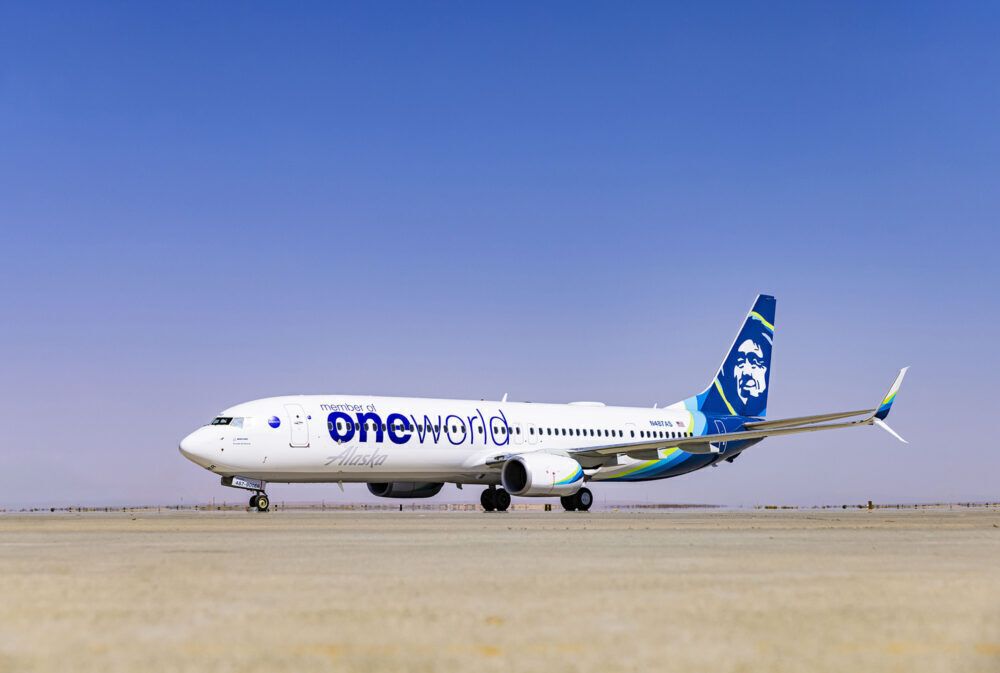Last week, Alaska Airlines announced four new routes. The airline's recent growth has focused on leisure routes. However, those new adds are not just pandemic-era additions. In an interview with Brett Catlin, Alaska's Vice President of Network and Alliances, he discussed the airline's work on its network during the crisis as part of its long-term growth plans.
Alaska's new routes are part of a broader strategy
The four recently announced routes were from Portland to New Orleans and Tampa, San Francisco to Cancun, and Palm Springs to Austin. The constant among all four is that they are geared toward leisure travelers, who are an outsized portion of the recovery.
Since the start of the crisis, airlines have largely targeted leisure travelers, and many have been categorized as "pandemic adds." However, Mr. Catlin discussed how it is part of the broader network strategy:
"These are permanent additions to our network. I think a lot of what we've done over the past year may have been an acceleration of five years of network growth into one year, but everything that we've done, we see as deliberate, designed for long term. This isn't an in and out to chase quick money. We're very much thinking about long term and where we want to be in network."
The airline's growth during the pandemic
Even during the pandemic, Alaska Airlines added new points and new flying that were not necessarily chasing new demand hotspots but rather more strategic additions. As he explained further:
"We were, throughout the pandemic, really thoughtful not to get ahead of our skis. I think there was the risk to cast a really wide net, because demand was anemic, any dollar you could get from any point would have been valuable, but we also wanted to be as responsible as we could be in terms of serving our guests and building a network for long term.
“So there's stuff that we thought about doing that we ultimately didn't because they didn't seem like they fit into our long term strategy. So I think the network contours you see today, that reflects where we want to be over the next five years."
One of the first airlines to add new growth during the pandemic was JetBlue. That airline added new point-to-point flying in an effort to serve demand hotspots as they appeared and serve its customers with more nonstop options. However, just this weekend, JetBlue pulled down a lot of that flying, seeking to get back to its core focus city strategy.
Alaska Airlines also added new flying to places like Palm Springs (a pandemic-era hotspot), Bozeman, Jackson Hole, and more during the crisis. Those routes have held, and the airline is even planning more growth this fall and winter.
Stay informed: Sign up for our daily and weekly aviation news digests.
Looking ahead: building out depth
Now that Alaska has built out so much of its breadth with new routes and more connections, it is now looking to adding more flights on existing routes over continuing to add new destinations. As he discussed his plans for the future, he stated:
"I would say our growth over the next three to five years is probably less about new routes, and more about filling in the routes we already have. So if we're operating once a week in a market like San Francisco-Cancun, that should be a daily market. If we're operating twice a day in Seattle-Atlanta, that should be a five daily market. So we really want to start to grow across our existing network, focusing a little bit less on breadth and more on building up the network and adding more depth."
Even though the airline is part of the oneworld alliance, Mr. Catlin sees its future growth around Alaska's organic opportunities. Even without oneworld, the airline's focus over the next few years would still be about building up more frequencies. When asked about that, Mr. Catlin stated:
"It's an opportunity we would have had with or without oneworld. But with the oneworld alliance membership, our partnership with American – that's icing on the cake. That makes the impetus for us to do it all the stronger.
“You think about American's new service in partnership with us to Bangalore. That's a market that we can serve from Raleigh, but to effectively feed it, we need to fly Raleigh/Durham from Seattle twice a day or three times a day, and suddenly I will be operating multiple daily frequencies that benefits not only our domestic network but also our partner's long haul network."
While so much focus has been on the new long-haul routes out of Seattle and San Francisco thanks to added flights from oneworld airlines like American Airlines or Qatar Airways, Alaska Airlines feeding these flights is just part of the story.
Take a route like Raleigh to Seattle. Serviced with a Boeing 737-900, Alaska flies 178 passengers between the two cities. Compound that across the airline's network, then Alaska is flying thousands of passengers into Seattle, and only a couple hundred are actually connecting onto a flight to Doha, or London, or Shanghai, or Bangalore.
More of those connecting passengers will go instead on a flight to Sacramento, Oakland, or Palm Springs, or Honolulu, or Anchorage, among so many other connecting opportunities in Seattle. While the feed to those long-haul destinations matters, Alaska is inevitably filling up more of its planes with passengers connecting onto its own metal than onto a partner.
What do you make of Alaska's future network strategy and recent growth? Let us know in the comments!

